Coronation Bridge
Coronation Bridge
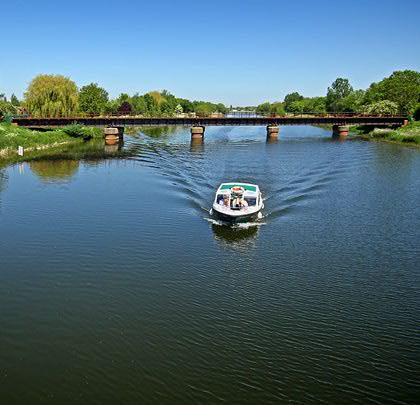
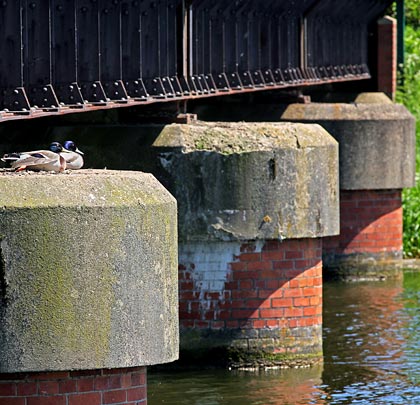
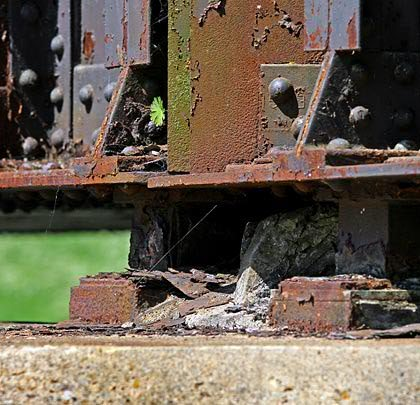
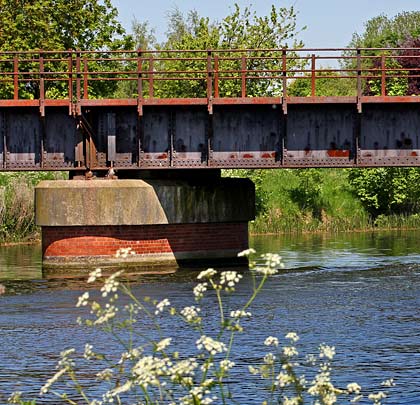
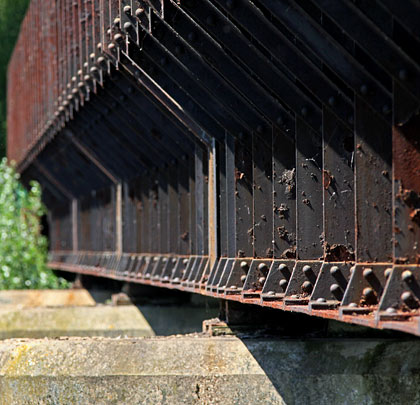
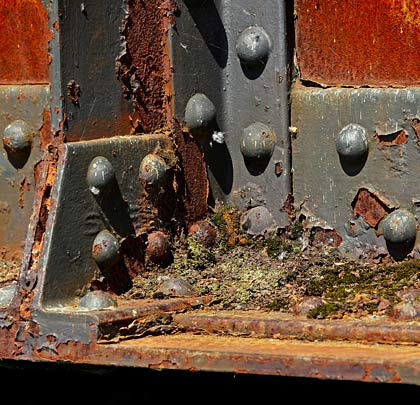
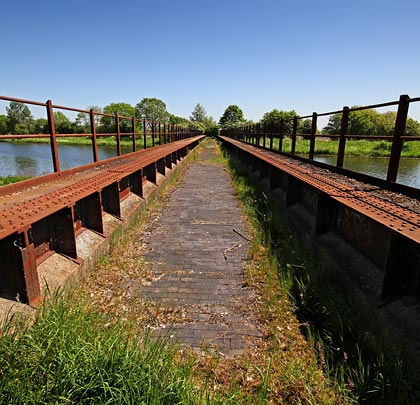
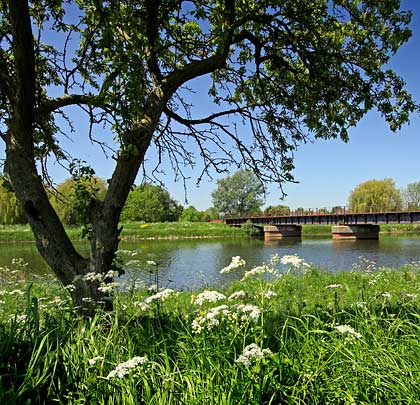








Although its advocates initially had their eyes on local markets, the Norwich & Spalding Railway – first promoted in 1853 – established one link in a chain of railways that together connected a number of towns in the east of England. Despite its name, the N&S only bridged the gap between Spalding and Sutton Bridge, a distance of 16 miles. It opened in two phases: Spalding-Holbeach in 1858, extending to Sutton Bridge in 1862. The march eastwards was then taken on by the Lynn & Sutton Bridge Railway whilst the Spalding & Bourn[e] took up the baton westwards.
It soon became clear that these three companies could operate more profitably as a collective, resulting in them being absorbed into the Midlands & Eastern Railway in 1877. The Eastern & Midland, with its broader horizons, took over six years later, becoming part of the Midland & Great Northern’s strategically important joint route in 1893.
The engineering between Spalding and Sutton Bridge was not particularly challenging as it crossed a characterically flat landscape and no significant waterways. But that changed in September 1953 with the opening of the Coronation Channel, built around the east side of Spalding to alleviate the River Welland’s frequent flooding of the town.
Incorporating five 54-foot spans, the railway’s Coronation Bridge accommodated a single track, crossing the waterway on a skew of 31 degrees to the perpendicular and extending for 90 yards. The four piers – rounded to defect the water flow – are faced in brick but boast substantial concrete imposts to host the bridge bearings. The spans are of the half-through type, comprising two steel plate girders with vertical stiffeners. Cantilevered out on both sides are narrow walkways.
Despite the considerable investment in this structure, its operational period was not long-lasting. Official closure came on 5th April 1965. It is now redundant, fenced off at both ends.







